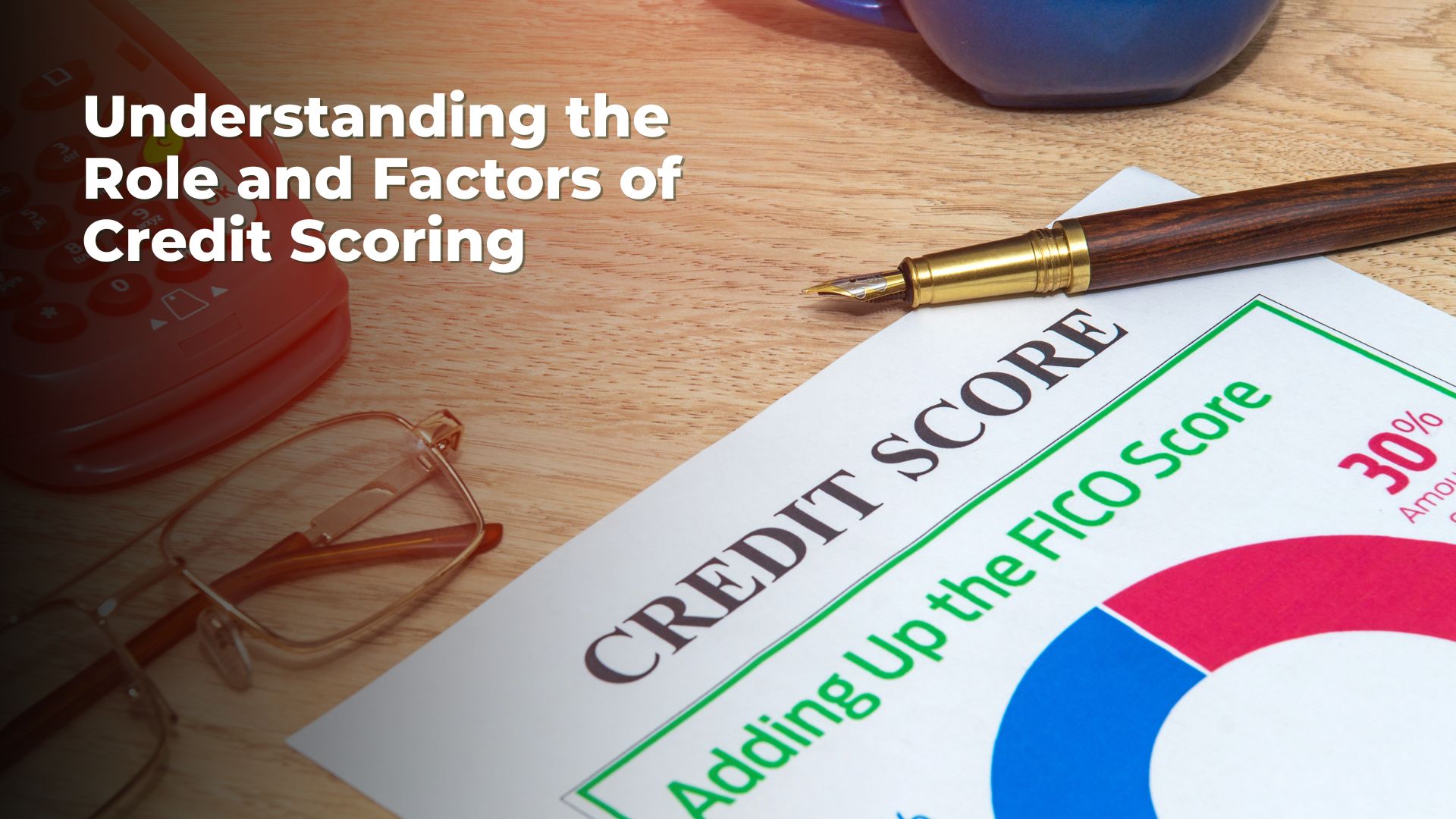

Managing receivables effectively is crucial for maintaining financial health. In 2024, U.S. credit card lenders wrote off over $46 billion in delinquent loans during the first nine months, a 50% increase from the previous year and the highest level since 2010.
This notable increase emphasizes how important companies are to anticipate and control such losses in advance. The allowance technique helps companies improve their financial forecasting and planning by anticipating uncollectible accounts.
In this article, you'll explore the advantages of this accounting method, how it works, and the difficulties in assessing bad debts. Whether you're a small enterprise or a large corporation, mastering the allowance method can enhance the reliability of your financial statements and improve cash flow management.
The allowance method estimates the portion of accounts receivable that may not be collected. Businesses proactively set aside money for questionable accounts rather than waiting for debts to become uncollectible. This guarantees that bad debts are recorded simultaneously as the corresponding transactions.
Unlike the direct write-off method, the allowance method allows businesses to anticipate losses ahead of time. It guarantees accurate financial reporting by adhering to Generally Accepted Accounting Principles (GAAP).
Let's now examine how companies use the allowance approach to evaluate bad debts.
The two main approaches used to estimate bad debts are the aging of accounts receivable method and the percentage of sales method. Each approach ensures businesses may predict their financial circumstances more accurately by calculating the number of uncollectible accounts based on several parameters.

Using the percentage of sales approach, companies calculate the cost of bad debt as a fixed percentage of overall sales.
For example, if a company has $1 million in sales and estimates that 2% of sales will be uncollectible, the bad debt expense would be $20,000. This method is often used when a company has stable sales patterns and a predictable rate of uncollectible accounts.
This approach uses the age of outstanding receivables to estimate bad debts. The older an account is, the more likely it is to be uncollectible.
For instance, if 30% of accounts over 90 days old are typically written off, the company would use that percentage to estimate bad debts for those accounts. This approach is more accurate for companies with irregular payment cycles or varying sales.
Pro Tip: Companies should ensure their estimation techniques align with the market's current condition by reviewing them regularly.
After discussing the estimation process, let's examine the journal entries used in the allowance approach.
Businesses must include an estimate of their bad debts in their financial accounts. The key account used in the allowance method is "Allowance for Doubtful Accounts," a contra-asset account that reduces the total balance of accounts receivable. This ensures that the company reflects only the amounts it expects to collect.
Organizations make the following journal entry when they initially estimate bad debts to account for the estimated quantity of uncollectible receivables.
Example:
If a company estimates $10,000 in bad debts, the journal entry would be:
Later, when a specific account is determined to be uncollectible, the company will write it off by reducing both the Allowance for Doubtful Accounts and Accounts Receivable.
Example:
If a customer's $3,000 account is determined to be uncollectible, the journal entry would be:
This write-off ensures that only receivables likely to be collected remain on the balance sheet, providing a more accurate representation of the company's financial health. This leads us to the benefits of estimating bad debts using the allowance method.
The allowance method has several key advantages, making it a vital tool for companies. It enhances financial predictability, compliance, and transparency by precisely calculating bad debts in advance. Let's explore these benefits in more detail:
Businesses benefit greatly from the allowance technique regarding financial forecasting, accuracy, and compliance. However, it's also critical to consider the potential difficulties and restrictions of applying this strategy.
The allowance method has several challenges, even if considered a more accurate way to estimate bad debts. These challenges can affect the accuracy of your estimates and, ultimately, your financial reports. Let's explore these limitations in more detail:
So, how can businesses facing such challenges maintain accuracy in their bad debt estimates? South East Client Services (SECS) specializes in acquiring distressed and non-performing receivables, using a technology-driven approach to analyze portfolios and accurately estimate the value of overdue accounts.
This guarantees more accurate bad debt estimations and helps companies to sell distressed accounts swiftly.
The allowance method is crucial in accurately estimating bad debts, ensuring better financial transparency, and helping businesses comply with accounting standards. Companies can enhance cash flow management and the accuracy of their financial statements by proactively estimating accounts that are not collectable. Even though there are challenges like subjectivity in estimation and variable receivables, these problems can be reduced with frequent reviews and modifications.
Using a technology-driven approach for businesses like South East Client Services (SECS), which specializes in portfolio management, allows for more accurate bad debt estimates and improved liquidity. SECS's expertise in managing distressed accounts ensures businesses can stay ahead of potential losses.
If you want to enhance your receivables management and improve cash flow, contact SECS today to see how their services can benefit your business.